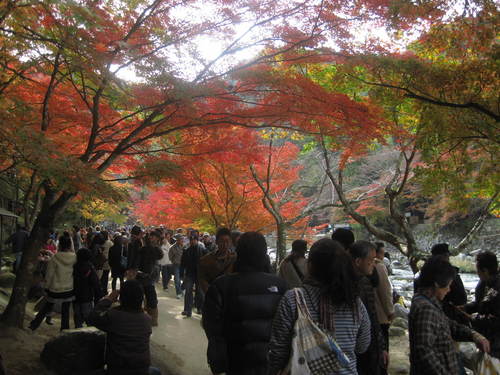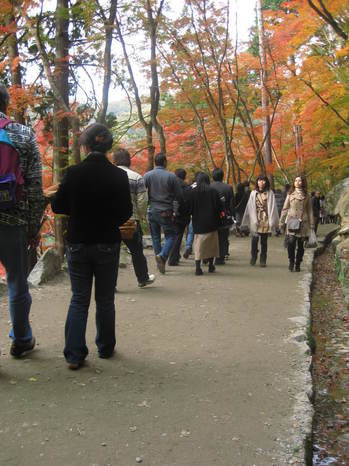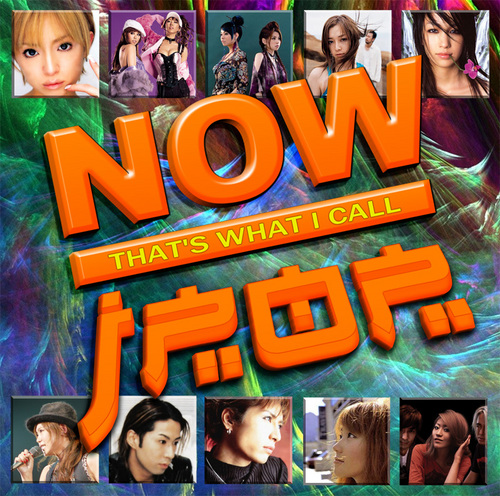A little late, but Happy New Year everyone! My postcards have started reaching the west, so I should probably update the internet as well on the opening of 2012 in Japan.
Although Christmas can almost be considered a normal day for Japanese folk, New Years is a complete 180 degree turn. It is the biggest holiday and a time for family and tradition, not partying and midnight smooches.
The holiday starts with December 30th. Many families and shrines do a big clean (direct translation from 大掃除)a which is kind of like spring cleaning. It makes a lot of sense, actually, to bring in the New Year with a clean home. Cleansing is a big part of Shinto, one of Japan’s principle religions and where a lot of traditions originate.
December 31st, New Years Eve, we watched a four hour long concert special hosted by popular boy band Arashi. During the later half, we had 年越しそば or End-of-the-Year Soba. Soba symbolizes longevity~!
Strangely, the concert ended at around 11:45. For the next fifteen minutes, we watched the news’ live converage from the biggest shrine in town. People were cleansing themselves by standing under freezing waterfalls, queuing in front to be the first to pray and there were only gongs ringing through the night. It was rather bleak and needless to say, there was no countdown. As I watched the second hand tick past the 12, I couldn’t help but think “America does it better.” Though I understand and admire the ceremonial aspects, it was too anticlimactic for me. Apparently other channels had a more exciting feel, but we only had basic cable to work with, so…-thumb-300x225-281217.jpg)
-thumb-300x225-281220.jpg) January 1st, New Years day, Lera came over. With my host family, we went to the shrine down the street to pray. Since we opted out of the extreme water fall option, we cleansed only our hands (so cold!) and then prayed at the front after waiting in line.
January 1st, New Years day, Lera came over. With my host family, we went to the shrine down the street to pray. Since we opted out of the extreme water fall option, we cleansed only our hands (so cold!) and then prayed at the front after waiting in line.
My host parents also gave us otoshidama (お年玉) which is a cute little envelope with money in it. 1,000¥ each (almost $13). That’s a tradition I could get used to!
-thumb-500x666-281226.jpg) All in all, I would say New Years is definitely one of those things you have to experience in Japan. It is just really peaceful and delicious.
All in all, I would say New Years is definitely one of those things you have to experience in Japan. It is just really peaceful and delicious.
Location: kuwana-shi, mie-ken, Japan


-thumb-300x225-281223.jpg)





















